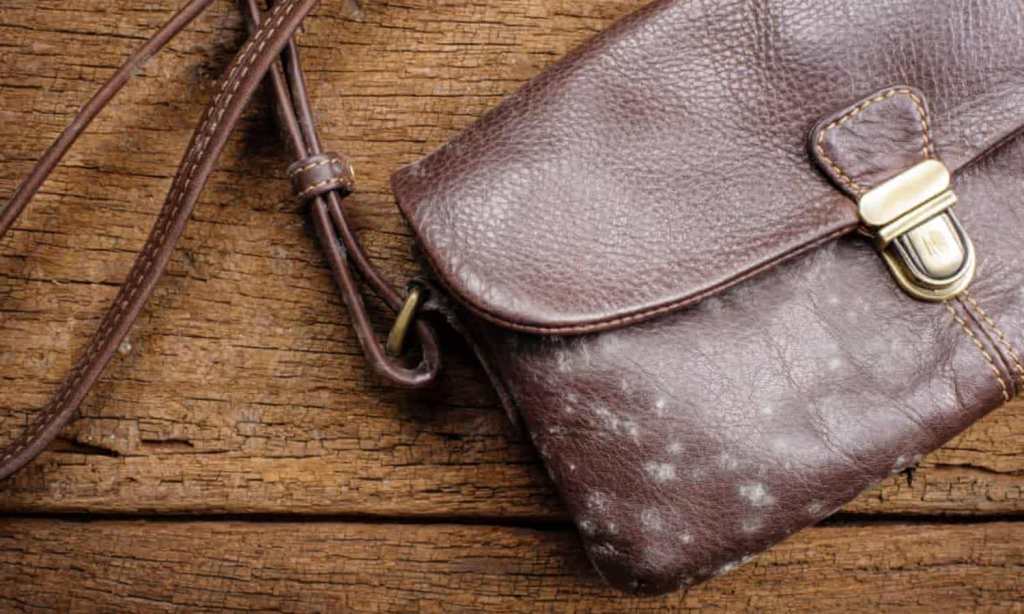The recent rain across New South Wales and Queensland has meant many households are dealing with a common and unpleasant side effect of rain and humidity: mould. Many are finding it growing overnight on clothes, food, furniture and walls, and aren’t quite sure what to do. Or even how, other than looking terrible, it’s affecting them.
So, we’re answering some of your most common mould questions here.
Why Is Mould Bad for You?
Mould can have serious consequences on your health should you not treat it — particularly for those with allergies, explains medical professional Dr Andrew Rochford. As per the National Asthma Council of Australia, higher humidity in the home creates an environment for two of the most common and undesirable triggers for asthma and allergy: dust mites and mould, he notes.
“Moulds produce allergens — substances that can cause allergic reactions — and irritants,” he says. “Inhaling or touching mould or mould spores may cause allergic reactions in sensitive individuals. Allergic responses include hay fever-type symptoms, such as sneezing, runny nose, red eyes, and skin rash.”

Mitsubishi Electric Australia‘s Healthy Home Trends Report found that 6.7 million workdays are lost in Australia each year due to allergy-related sick leave, and people living with pets at home will take, on average, almost twice as many sick days per year.
Who Tends to Be More Sensitive to Mould?
Some people are particularly vulnerable to high humidity and mouldy conditions, especially babies, elderly people, pregnant women and people with respiratory problems, Dr Rochford explains.
“For people with asthma, inhaling mould spores may cause an asthma attack, he says. “If you have a mould allergy and asthma, your asthma symptoms can be triggered by exposure to mould spores. In some people, exposure to certain moulds can cause a severe asthma attack. Signs and symptoms of asthma include coughing, wheezing, shortness of breath and chest tightness.”
Very rarely, people may develop a severe mould infection, usually in the lungs, he says. People with weakened immune systems (such as people with HIV infection, cancer patients taking chemotherapy or people who have received an organ transplant) and with chronic lung diseases (such as Chronic Obstructive Pulmonary Disease (COPD) and emphysema) are more at risk of mould infection particularly in their lungs.
Can Clove Oil Kill Mould?
Clove oil often comes up when talking about how to kill mould, but does it actually do the trick? According to Dr Rochford, yes and no.
“Clove oil is a valuable tool in reducing the effects of mould, in that it helps to kill the mould spores themselves rather than bleaching the visible components,” he says. “However, clove oil can be allergenic, and may prompt allergic responses and asthma symptoms. It will also not remove the visible mould from the surface itself — it will still require manual removal with a bit of scrubbing.”
What’s the Most Common Way to Kill Mould?
Dr Rochford says he wouldn’t recommend using clove oil to kill mould, and would instead recommend a diluted vinegar solution — either applying it directly to the mould or, if it’s clothes the mould is on, washing them in warm solution — or a dehumidifier, which works to extract moisture from the air to keep your home dry and prevent mould from forming. Be sure to keep the windows closed while running dehumidifying equipment, when the outside humidity level is higher.
You might also try vacuuming the item with mould or using a moisture-removing pack, which you can find in supermarkets and hardware stores.
Read more stories from The Latch and subscribe to our email newsletter.







